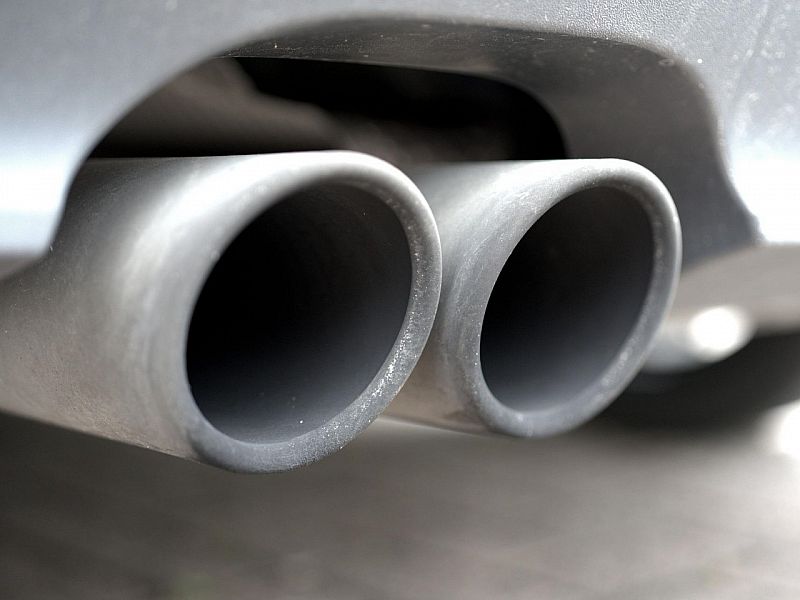According to the rigorous WLTP test cycle, the particularly large drop (from 118 to 99 grams per 100 km) is the result of political pressure – EU 2019/631 is on track to reduce fossil fuel burning. Automakers have been able to reduce their emissions while still selling many SUVs by fitting this type of chassis with most hybrid or purely electric motors.
Felipe Muñoz, an analyst at Gatto Dynamics, says automakers are being forced to reshape their business model. According to Jato, the lowest carbon part, logically, wasn’t small cars or city cars, but midsize SUVs with 65.4 grams per kilometer. That category goes up – big guns like the Ford Mustang Mach-E or Volkswagen ID.4 were introduced last year. It’s also a compelling argument that midsize SUVs are also in demand in China and the United States, while compact cars are only more popular in Europe. Small SUVs produced the second-worst emissions performance, leaving only the large, high-end cars.
Car manufacturers are trying
For the second time in a row, Renault has won the CO2 emissions competition with 86.7 grams per kilometer. Zoe Electric contributed most to the 12 percent drop. The Mini took fourth place with 90.1 grams per kilometer, which reduced emissions by 20 percent. Jeep achieved a 23 percent drop from itself thanks to plug-in hybrids, the largest of which was driven by the performance-oriented Seat brand, the Cupra, which improved its emissions 40 percent.
Plug-in hybrids have clearly been a lifeline for many manufacturers to meet the EU’s 95g/km standard. Conventional hybrids should indeed be treated with caution as they perform well on urban roads, but the test cycle also includes longer sections outside the city where they are no longer effective. Toyota, which specializes in fully hybrid cars, ranks only 16th among manufacturers with its output of 108.8 grams, even though 69 percent of its sales in Western Europe in 2021 were hybrids.
Honda’s new worst-performing fleet of 2021 shows average emissions of 114.6g/km. The Japanese brand doesn’t yet have a plug-in hybrid, and it hasn’t sold enough of the beloved but expensive Honda E electric car. Suzuki, with a portfolio of essentially small cars, is well above the required range of 117.7 grams. The trend is confirmed here, more plug-in hybrids are needed.
Don’t graduate math?
The question arises as to how most car manufacturers cannot be penalized with average emissions of 99g/km while the EU limit is 95g/km? The answer is that the number needed can vary depending on the weight of the cars sold by each manufacturer. So it is possible that the BMW Group can be proud of its value of 115.9 grams, which is 10 grams better than what they set for themselves. For Jaguar Land Rover, 169.3 grams is still a poor result compared to the target set during the UK’s membership in the European Union.
tricks with numbers
Last year, the super credit system, which allowed for fraud, was more lenient than this year. Sales of vehicles emitting less than 50 grams of CO2 per kilometer, i.e. plug-in hybrids and purely electric vehicles, were not one but 1.67 in the final calculations, resulting in a better overall value. This multiplier is only 1.33 this year.
Another way to circumvent the system is for highly polluting manufacturers to buy credit from much better manufacturers after selling their clean cars, improving their public image. For example, Honda will pay Tesla, which only sells pure electric cars, to have Tesla take on some of Honda’s bad emissions, which benefits both parties because Honda doesn’t have to pay the same amount of fines to the EU or the UK. The penalty is high: 95 euros per car for every gram plus.
state competition
Norway apparently ranks first in terms of the lowest possible domestic emissions, with the highest proportion of hybrid and purely electric vehicles. The average emissions of cars sold in 2021 were 16.9 g/km. Drafted in Germany 96.4; in France 97.8; 106.2 in the UK; And in Spain, cars in 2021 will emit 120.3 grams of carbon dioxide per kilometre. In Spain, people usually buy cars that are small but not electrified, so they are of poor value. In fact, seemingly high values are also good, with emissions from new cars in the UK, for example, suggesting a consumption of 3.8 liters per 100 kilometres, a significant improvement from 6.53 liters in 2000, Autocar reports.












































